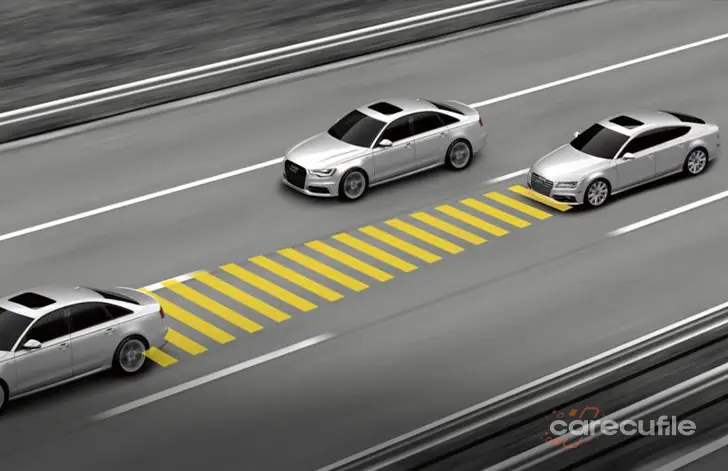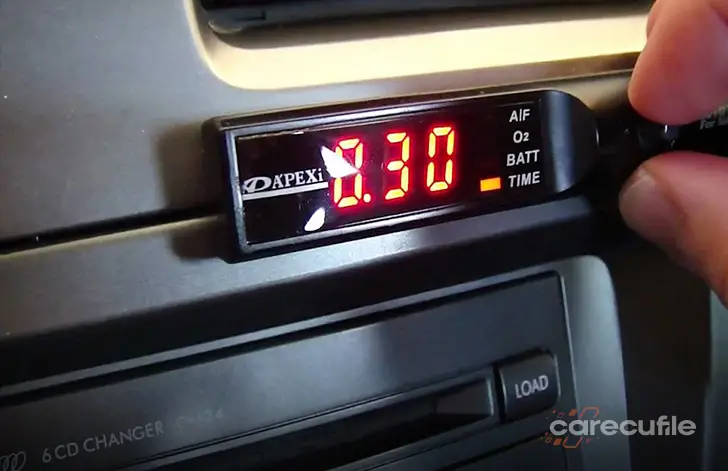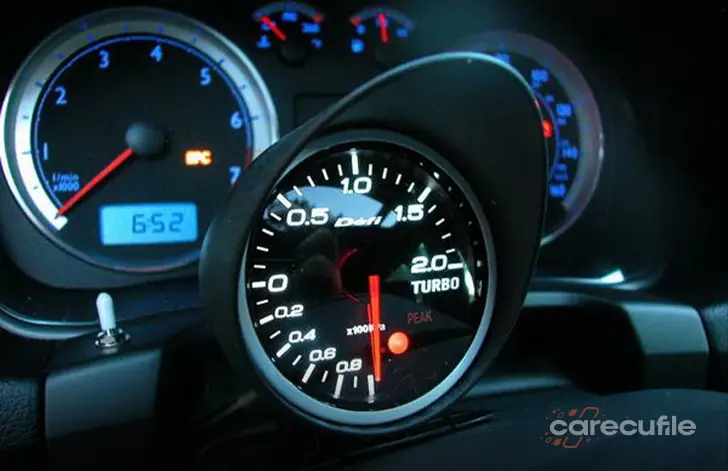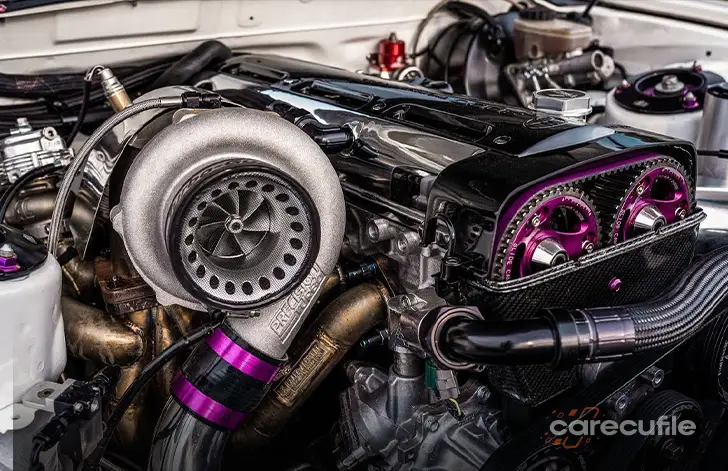What is Adaptive Cruise Control?
Adaptive Cruise Control
Adaptive cruise control, which is a more advanced system than traditional cruise control methods, is also written as ACC.
How Does It Work?
The sensors and cameras placed in the front of the vehicle send the information they receive to the ECU, that is, to the vehicle's brain. The information in the brain determines the speed of the vehicle. Let's get to the part of this job with the brain and sensor in everyday life. When we activate the adaptive cruise control in places where there is little traffic congestion, it determines the speed limit when it reads the sign according to the speed limit of the road. For example, while you are driving with 140, the car in front of you is driving with 120, this situation is detected thanks to sensors, and even if you do not press the brakes, your car slows down. As soon as that car in front of you moves into another lane, your car returns to the same speed again and you don't have to step on the gas again.
Adaptive cruise control (ACC) can be added in the middle segment and entry level in new version vehicles, and Premium in older version vehicles.
















